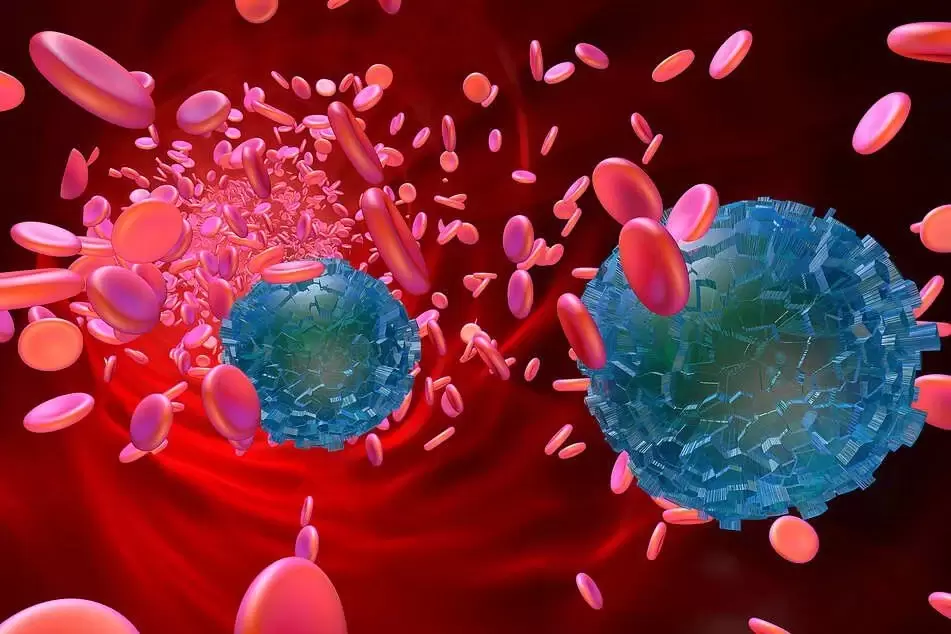|
Are Microplastics Harmful To Us? By Pierre Mouchette | Bits-n-Pieces What are microplastics, and where do they come from?
If you look at your current surroundings, you will likely see multiple plastic items. The production and use of plastic have increased significantly since widespread plastic manufacturing began in the 1950s. Plastics are lightweight, durable, and cheap, making them useful for our housewares, packaging materials, and other everyday goods. More than 390 million tons of plastic were produced worldwide in 2021, increasing yearly (Statista Research Department, Sep 20, 2023.) Nearly half of these products are manufactured for single-use packaging. Since only a tiny fraction of plastic products are recycled, most are discarded. Plastics are made from petroleum derivatives that are not readily biodegradable. It means that instead of breaking down naturally, discarded plastic products build up and persist in landfills, oceans, and other environments. When plastic products enter marine environments, they are exposed to ultraviolet radiation, winds, and physical abrasion from wave currents. These forces promote the breakdown of plastic products into smaller fragments. These fragments may be called “microplastics” or “nanoplastics,” depending on their size. Microplastics are plastic fragments measuring less than 5 millimeters, whereas nanoplastics are smaller pieces measuring less than 1 micron. Why are microplastics a problem? Due to their small size, microplastics can rapidly spread through the air, accumulate in the environment, and may be challenging to detect. Microplastics are present in alcohol, drinking water (bottled water has more microplastics than tap water), and even table salt. Filter feeders such as mussels and oysters can consume microplastics suspended in seawater found in many seafood species. Microplastics are intentionally manufactured for exfoliants, toothpaste, and other cosmetic products. Congress passed the Microbead-Free Waters Act of 2015 in the United States, prohibiting manufacturing and selling rinse-off cosmetics (including toothpaste, cleanses, and exfoliators) containing microplastics. Do microplastics harm humans? When humans consume food, drink water, or breathe air contaminated with microplastics, the plastic fragments can enter the body. In addition, food consumption increases the consumption of up to 52,000 microplastic pieces per person annually. Microplastics have been found in human saliva, head hair, and feces, suggesting that we are likely regularly exposed to these plastic fragments. Some researchers believe that microplastics may have detrimental effects on human health. Microplastics can absorb unwanted and undesirable chemicals, including heavy metals, polychlorinated biphenyls (PCBs), and pesticides. Human consumption of microplastics can increase the amount of exposure to these chemicals and lead to harmful effects. Humans can also be exposed to microplastics by inhaling contaminated fibers or dust, and microplastics have been found in human lung tissue. Microplastics may also enter the skin through sweat glands, hair follicles, or open wounds. While some studies suggest that microplastics may affect inflammation, cellular survival, and metabolism in humans, the actual health risks of microplastics remain poorly understood. Although microplastics are known to enter the human body, scientists do not know how or if the body absorbs, metabolizes, or eliminates these particles, and the exact amount of microplastics needed to cause disease remains uncertain. Many studies that assessed potential health exposures of microplastics involved occupational settings (where workers were exposed to high amounts of certain types of microplastics, often for prolonged periods) or implanted plastic medical devices, and the results of these studies may not apply to the general population. Because of these factors, it is difficult to state with certainty that microplastics harm human health. Because microplastics are shared throughout our environment, avoiding all contact with these particles is likely impossible. There are presently no regulatory exposure limits for microplastics or nanoplastics. People who want to avoid exposure to microplastics may consider using water filtration systems to remove microplastics from drinking water. It does not prevent exposure to other sources of microplastic fragments, such as food or air. Using paper, bamboo, or other alternatives to plastic may also reduce the microplastics that eventually enter the environment and our bodies. No conclusive evidence exists that microplastics cause cancer or other diseases in humans. If you have questions regarding poisoning from environmental sources, contact Poison Control for expert assistance. There are two ways to obtain Poison Control in the United States: online at www.poison.org or by phone at 1-800-222-1222. Both options are free, reliable, and available 24 hours a day.
0 Comments
Your comment will be posted after it is approved.
Leave a Reply. |
Archives
May 2024
|
